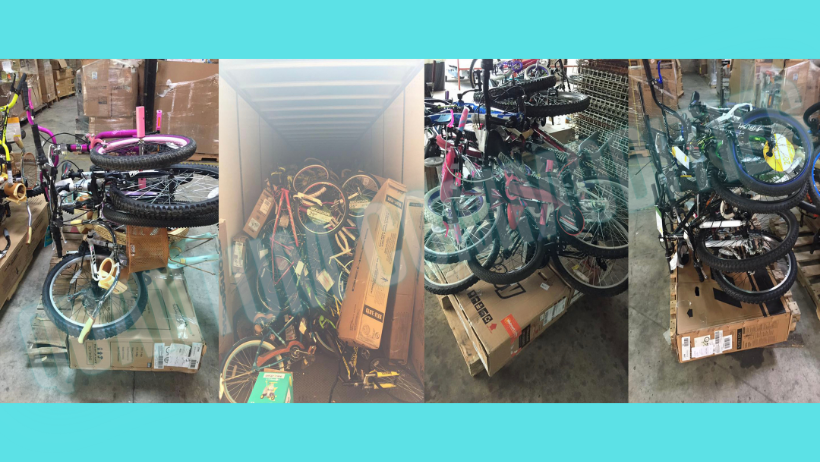Common Freight Terminology Used in Liquidation

Shipping is the most common question, especially from new buyers. Costs can sometimes be overwhelming, as they do have an impact on your profits. These are a few terms you ought to know as you navigate the world of freight.
ACCESSORIAL: An additional service that can be requested for an LTL shipment. Residential deliveries/pickups and liftgates are common accessorials. Prices vary depending on service and carrier.
BILL OF LANDING (BOL): Document used to show all relevant details for a freight shipment. The BOL includes pickup and delivery information, weight, class, contact information, billing, and carrier information. It is given to the carrier at pickup time and accompanied by the freight throughout transit.
CARRIER: A company that owns its own equipment and transports freight throughout the country using drivers, dispatchers, and terminals.
CONSIGNEE: The receiver of a freight shipment. The opposite of a shipper.
DENSITY: A number signifying an item’s pounds per cubic foot. In order to calculate density, you need the length, width, height, and weight of an item. In LTL shipping, density is a major factor that affects freight classification and pricing.
FREIGHT BROKER: A third party company that supplies shipping rates and service to customers and acts a bridge between carrier and customer. A full-service broker, in addition to lowering shipping rates, also provides complete shipping services (often using TMS).
FRIEGHT CLASS: A number assigned to freight shipments to identify that item’s transportability. NMFC numbers appear on the BOL as freight class numbers, which determine shipping costs.
HANDLING: A factor in determining an item’s freight class. Fragile or oversized items are more difficult to handle, resulting in a higher freight class.
LESS THAN TRUCKLOAD (LTL): A type of freight shipping focused on moving shipments that take up less than a full truckload. LTL has its own pricing and quoting structure for its products (including volume quoting). Moreover, LTL shipping is distinct from truckload shipping in terms of carrier and broker arrangements.
LIFTGATE: A lift attached to the back of some carrier trucks that assist with loading and unloading freight when a dock or forklift is not available. Often used for residential deliveries and pickups.
NMFC NUMBER: National Motor Freight Classification System number that notates an item’s class on the BOL.
PRO NUMBER: Identification number assigned to freight after it has been picked up by carrier that allows for tracking/ tracing.
RECLASS: Invoice discrepancy when a carrier invoices a shipment at a higher or lower class than noted on the BOL.
REWEIGH: Invoice discrepancy when a carrier invoices a shipment at a higher or lower weight than noted on the BOL.
TERMINAL: Carrier hub where LTL shipments are moved during transit. Carrier terminals are situated across the country and come in varying sizes.
TRANSPORTATION MANAGEMENT SYSTEM (TMS): Online freight system used by carriers and freight brokers to coordinate and organize customer shipping needs, including but not limited to: building BOLs, creating shipments, tracking shipments, and invoicing customers.
TRUCKLOAD (TL): A type of freight shipping specializing in moving freight that requires a full truckload of space. Freight of this type is completely different from LTL and has its own brokering and carrier structure.
W&I CERTIFICATE: Weight and Inspection certificate created by the carrier when a shipment is reweighed or reclassified.